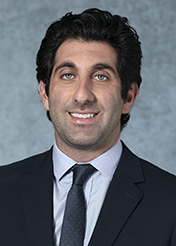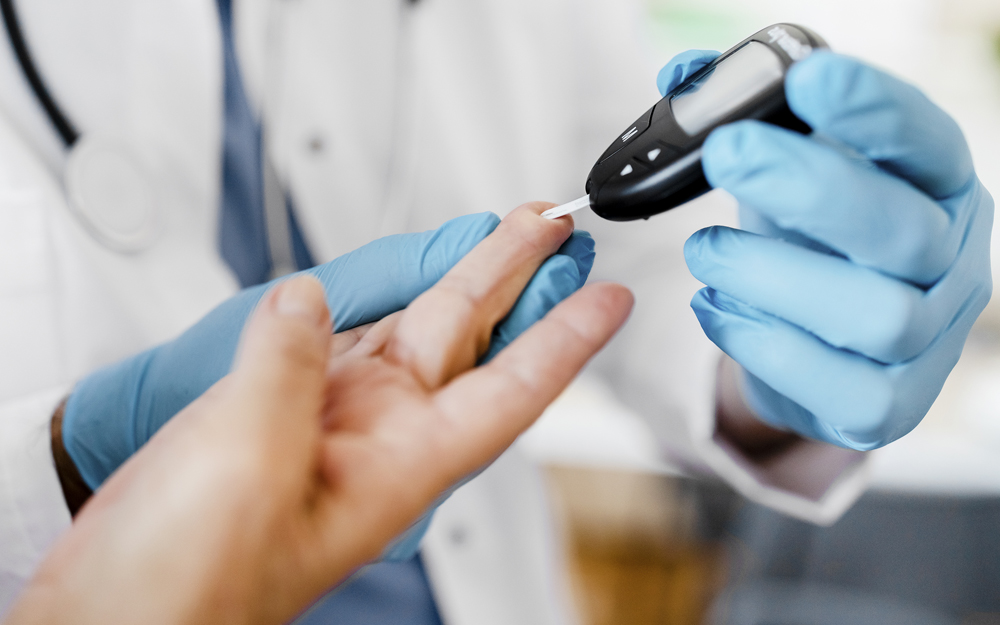Don't delay getting a skin exam. Here's what to expect.
Date
May 17, 2021
Credits

Date
May 17, 2021
Credits
Medical providers featured in this article
In Brief
{{cta-block}}
May is National Skin Cancer Awareness Month, and a great reminder of the importance of an annual skin exam. If caught early, melanoma is usually curable, says Dr. Brandon Cohen, a dermatologist at Cedars-Sinai.
With regular checkups, your primary care physician or dermatologist can find any spots that may require monitoring, are pre-cancerous or in the early stages of skin cancer. Getting checked is a crucial part of your health, especially if you live somewhere that's blessed with lots of sunshine, so don't delay.
Read: Curb Your Risk of Skin Cancer
What happens during the visit?

You'll change into a medical gown, as you do for any exam that has to get a bit up close and personal. Your doctor may start by inquiring about your history, including sun exposure and any cancer in your family.
Dr. Cohen says it's important to speak up if there's anything you're especially concerned about. "Tell the doctor if you've noticed anything different, like a scab that isn't healing normally, or a mole that's growing or changing shape or color," he suggests.
The screening consists of a head-to-toe visual examination of your skin—including the scalp, face, trunk, limbs, hands, feet, eyes and eyelids, ears, fingers, toenails and toes. If you have had a melanoma in the past or have a family history, your doctor will also look at your lymphatic regions.
Some doctors also recommend screening the genital area as a matter of routine. The whole visit usually takes no more than about 25 minutes. Between your annual screenings, be diligent about sun protection and follow expert advice on preventing skin cancer.
"If you feel like putting off an exam, remember that it's a quick and easy way to protect yourself from something worse."
What if my doctor finds something suspicious?
Your doctor will have a closer look at anything unusual with a dermatoscope, a handheld device that looks like a combination of a flashlight and a magnifying glass. It can show details that are hard to see with the naked eye.
"If something does look suspicious," says Dr. Cohen, "it could just mean that we need to monitor the area, or it could mean performing a biopsy, which can often be done during the visit."
Your doctor will numb the area with a local anesthetic, then scrape off a small sample of the lesion and send it to a lab for analysis. Sometimes they will do a punch biopsy instead, which uses a circular blade akin to a hole puncher to remove deeper layers of skin for testing.
In either case, you'll normally get results within 7-10 days. Your doctor also may want to photograph any unusual spots so they can compare changes next time you come in.
Read: Don't Mistake These Skin Conditions for Acne
I don't love the idea of someone examining every pore. I'll be self-conscious!
"That's understandable," says Dr. Cohen. "A skin exam can be awkward, but it's much better than going through treatment for skin cancer, not to mention having it metastasize. If you feel like putting off an exam, remember that it's a quick and easy way to protect yourself from something worse."
He notes that pre-cancerous lesions can be removed before they become harmful, and skin cancer is highly treatable if caught early.
"A skin exam can be awkward, but it's much better than going through treatment for skin cancer, not to mention having it metastasize."
"Once it has spread deeper into the skin or to other parts of the body, it becomes more difficult to treat and can be deadly," he explains.
So don't let a few moments of awkwardness get in the way of your health. A skin exam could save your life.





